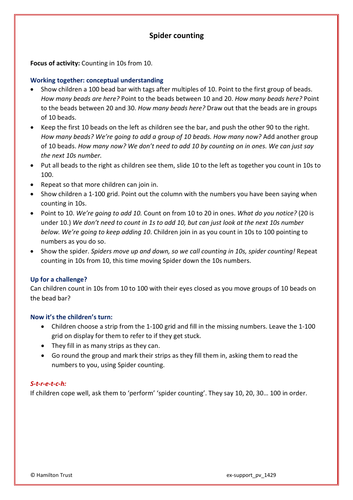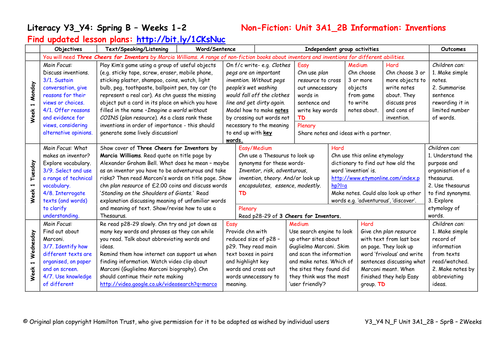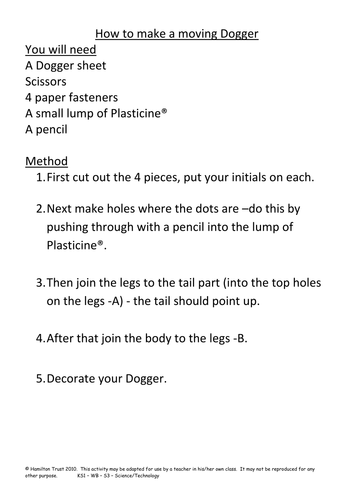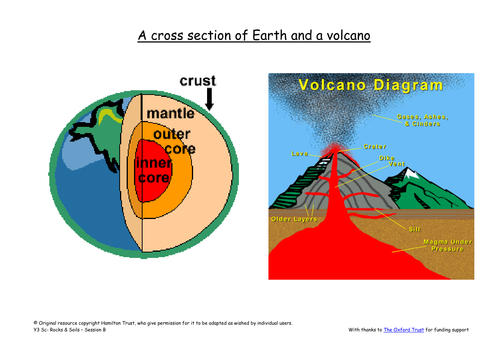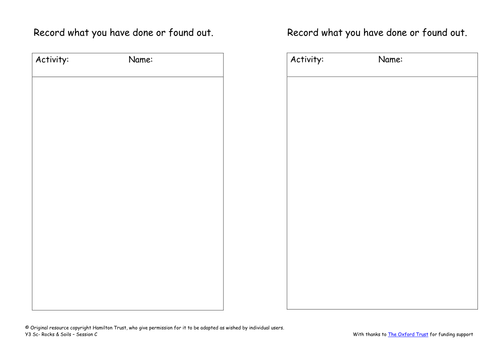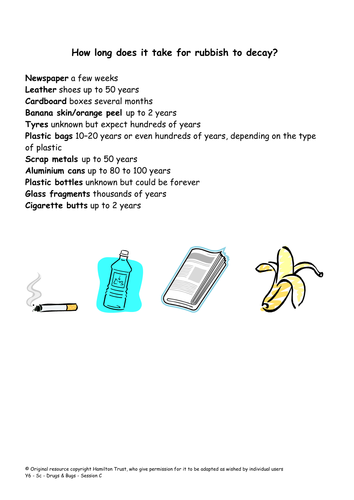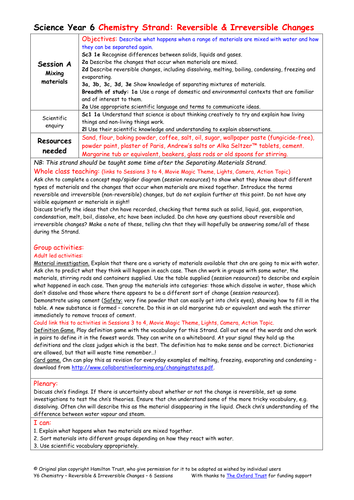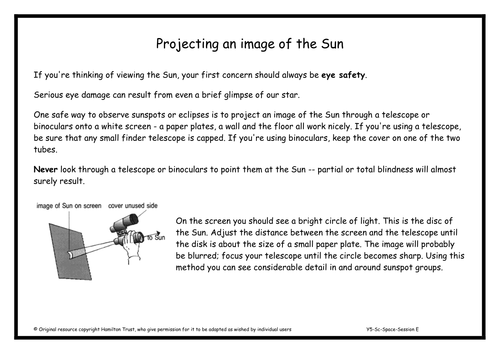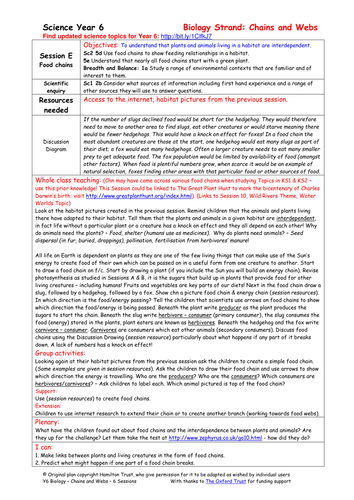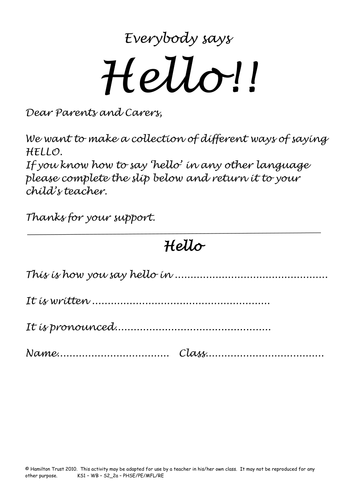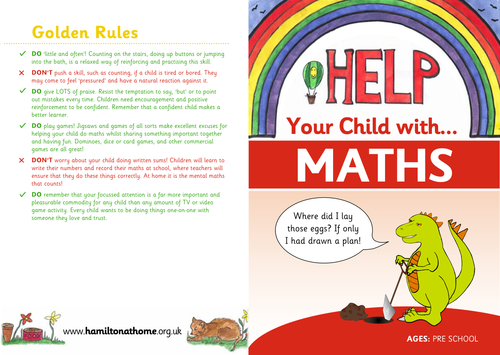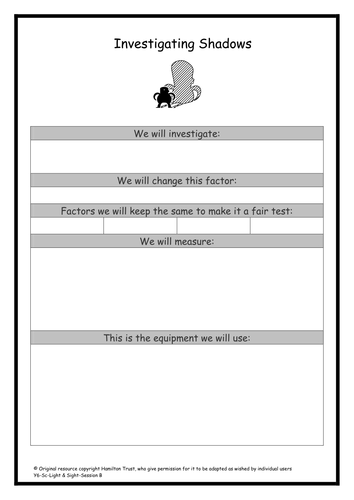
397Uploads
10025k+Views
11632k+Downloads
All resources

Extra Support Activity: Count in 10s; say numbers 10 more/less. ( Year 1 Place Value )
This activity is designed to be used by a teacher or a TA with children who need extra support before they can tackle these objectives: Count in 10s and say numbers 10 more and 10 less.
Spider Counting - Counting in 10s from 10.
This Extra Support Activity is part of our Year 1 Place Value block. Each Hamilton maths block contains a complete set of planning and resources to teach a term’s worth of objectives for one of the National Curriculum for England’s maths areas.

Teaching Presentation: Rehearse 24 hour clock; time intervals ( Year 4 Measures and Data )
This presentation provides two days of teaching that cover the objectives:
Rehearse 24 hour clock
Time intervals
It includes starter activities, whole class teaching, group activities, practice sheets and mastery questions. It can be used on a variety of interactive whiteboards.
Day 1 Teaching
Revise 24-hr clock using a train timetable and relating times to the school day. Convert 24-hour clock times to am and pm times and vice versa. Count in steps of 1 hour on a counting stick from different starting times, through midday and midnight.
Day 2 Teaching
Visit an online TV guide. Children write start times using 12-hour format (they are in 24-hour format on the website). Children find programmes lasting less than half an hour, then those lasting more than half an hour. Scroll for a programme crossing an hour. Sketch a time line jotting to show how to find the length of this programme. Repeat.
This teaching is part of Hamilton’s Year 4 Measures and Data block. Each Hamilton maths block contains a complete set of planning and resources to teach a term’s worth of objectives for one of the National Curriculum for England’s maths areas.

Adverbials - Presentation & Exercises
Grammar teaching presentation and grammar exercises.
The cat themed teaching presentation includes 22 slides.
Revise verbs and then look at:
Adverbials
Prepositions
Fronted adverbials
How to punctuate fronted adverbials
How to use more than one adverbial in a sentence
Clear examples are provided throughout.
We then provide grammar exercises for children to:
Identify adverbials in a passage
Add adverbials to a sentence
Each collection of exercises is made up of three sets. Set A is the easiest or most accessible, Set C is the hardest or uses more complex language.
This resource is aimed at UKS2. Use the presentation to introduce or revise a grammatical concept as a stand-alone lesson or add on the accompanying exercises for children to practise and apply their knowledge.

Yr 3/4 NF Unit 3A1-2B Information: Inventions
Explore how to find and present information about inventors and inventions. Give a talk as part of a group. Watch and listen to inventors explaining their ideas online. Make notes and contribute to a creative class book about inventors.

Make a Moving Dogger
Practise cutting and joining skills by making a moving Dogger. This session links to English Plan 2 Stories with familiar settings. Learn how to cut well, make a hole in cardboard and construct moving joins using paper fasteners.

Headdress to Impress!
The Kayapo Indians who live in the Rainforests of Brazil are famous for their ceremonial headdresses. In this session children use the internet to study their designs before creating their own to wear in the classroom.

Earth, Moon and Sun
The world is in their hands in this session along with the Moon and the Sun! Children create drawn scale models of each and use a trundle wheel to measure scaled distances between them.
Suitable for Year 5 pupils.

Eyes
Children get an insight into sight in this session. They find out that to see things, light needs to enter the eye, and how their eyes function. They also find out how to care for their eyes and that sometimes eyes can even play tricks on us!
Suitable for Y6 pupils.

Under our feet!
Explore what is under our feet. Draw and label a cross section of the Earth. Discover the three main rock types. Test the permeability of different kinds of rocks. Find out information from websites.
Suitable for Y3 pupils.

Rock investigations
Learn some key vocabulary about rocks. Take part in a workshop offering a range of activities including testing hardness of rocks, sorting rocks, finding information, drawing rocks and thinking about how pebbles and sand are formed.
Suitable for Y3 pupils.

Three states of matter
Solid, liquid or gas? That is the question that kicks off this block of six sessions. Children investigate the properties of the three states and sort some familiar and unfamiliar objects into them. Suitable for Y5 pupils.

Britain
What do we mean by Britain? Establish which countries make up the United Kingdom, Great Britain and the British Isles. Discuss again the different peoples who make Britain what it is today. Children make jigsaw of British Isles showing different peoples.

Food and micro-organisms
Look at micro-organisms that are beneficial to food production and the problems of food decay caused by micro-organisms. Study yeast growth and begin some decay investigations on damp bread and apples. Use yeast to make bread rolls and discuss food hygiene.
Suitable for Y6 pupils.

Mixing materials
Find out what children already know about materials and the changes that occur when they are mixed. Predict and investigate what happens when a variety of materials are mixed with water. (Re)introduce terms reversible and irreversible. Play a vocabulary game.
Suitable for Y6 pupils.

Star constellations
Children have stars in their eyes in this session as they find out more using internet research. They identify common constellations and discover how they are linked to horoscopes. How accurate are their star sign characteristics?
Suitable for Year 5 pupils.

Food chains
All plants and animals living in a habitat are interdependent. In this session the children investigate a number of feeding relationships and create food chains to show the transfer of energy from the producers through the consumers.
Suitable for Y6 pupils.

We All Say Hello
Play circle games to practice greeting each other confidently. How many ways do children know to say hello in a different language? Learn 3 new ways.

Pre-School Maths Leaflet
A leaflet or parents of Pre-Schoolers giving them advice on how to use maths with their children in everyday life.

Shadows
There will be no time to lurk in the shadows in this session as groups create fair tests to answer questions before carrying them out and recording the results. Groups then draw conclusions and report their findings to the class.
Suitable for Y6 pupils.

